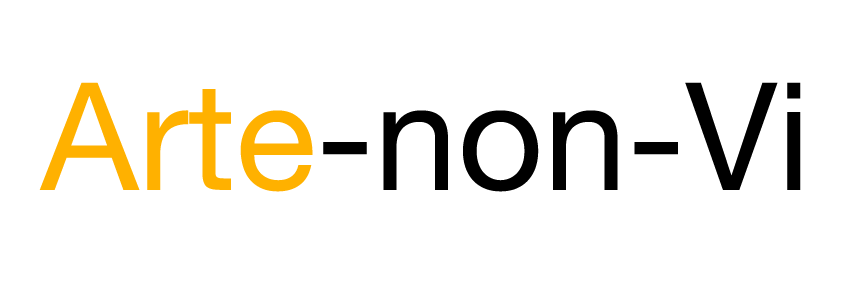Thu, 14 Jun 2007 23:16:43 GMT
How broadband eHealth will work.
One of the big supposed applications of high speed broadband is ‘eHealth.’ Usually, what is envisaged is a surgeon in Sydney operating on a critically injured patient at some outback station.
My prediction is that eHealth will be most critical for the most routine and mundane of medical issues rather than the most specialised and exceptional. Consider the following scenario: your child has a sore ear at say 6pm at night. Panadol and other pain treatments have not been doing much good. Without broadband, you would have to take said child (and perhaps other children as well if there is not adult around) and go to the doctors. At that time, you are out of hours, and so the waiting time is much longer. If you are lucky, you are back home by 8pm with some anti-biotics (if the ear is infected) and perhaps some re-assurance (if it is not too bad).
With broadband, you might do something different. You login and email your complaint to a GP online. They then ask you to take the child’s temperature and also to send them a picture of the inside of the ear using this device. The GP then diagnoses the illness, emails a prescription the the pharmacist. Then you might have to leave the house for 15 minutes to pick antibiotics up or you can have another adult do it. All done by 6:30 with minimal disruption to you and the GP. And what is more, at no time in this story did we need high-speed broadband to get all of this.
[CoreEcon]
